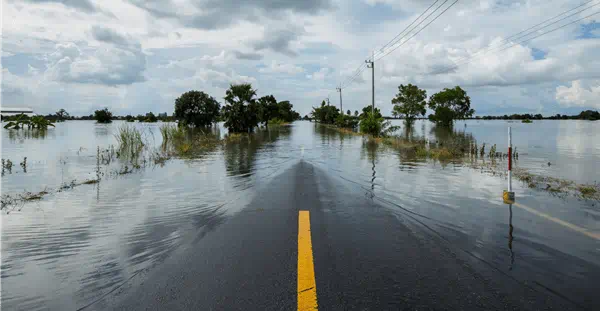In the realm of safety concerns, few carry the weight and urgency of fire prevention and protection. Fire, a force of nature both mesmerizing and destructive, demands our constant vigilance and preparedness. As our environments evolve and our technologies advance, so too do the risks associated with fire. In this blog, we'll delve into the escalating significance of fire safety and the evolving landscape of fire protection risks.
Fire safety isn't merely a matter of compliance or regulatory adherence; it's a fundamental aspect of safeguarding lives, property, and communities. With urbanization on the rise and buildings growing taller and more complex, the challenges of fire prevention and protection multiply, primarily due to increased building occupancy, vertical fire spread, firefighting accessibility limitations and water pressure / delivery of the suppression systems. The consequences of failure are severe, often resulting in devastating loss of life, economic hardship and environmental damage.
The landscape of fire protection risks is continually shifting, driven by factors such as urbanization, climate change and technological advancements. Urban sprawl brings with it higher population densities and greater concentrations of infrastructure, amplifying the potential impact of fires. Climate change also exacerbates these risks, contributing to more frequent and intense wildfires as well as altering the dynamics of building materials and ignition sources. As a result, building materials have significantly improved over the years to lower buildings’ fuel load and reduce their vulnerability to fire. Fire-resistive materials, low combustibility and lower smoke development features of building materials have also greatly reduced the challenges associated with fire in the buildings.
As society becomes increasingly reliant on technology, new fire hazards emerge. From lithium-ion batteries to electrical systems, modern innovations introduce novel risks that require specialized mitigation strategies, such as fires involving lithium-ion batteries, building integrated solar panels, electric vehicles and parking garages. The proliferation of smart devices and interconnected systems also raises concerns about cybersecurity vulnerabilities, which could be exploited to compromise fire safety measures.
The role of prevention and preparedness
In the face of these evolving risks, the importance of proactive fire prevention and preparedness cannot be overstated. Prevention begins with robust building design and construction practices, including the use of fire-resistant materials, adequate compartmentalization, and efficient egress systems. Furthermore, education and awareness campaigns play a crucial role in promoting fire safety practices among the public.
Preparedness, meanwhile, encompasses a range of measures aimed at minimizing the impact of fires when they occur. This includes the installation of fire detection and suppression systems as well as the development of emergency response plans and evacuation procedures. Regular training exercises and drills are essential for ensuring that individuals know how to respond effectively in the event of a fire.
Harnessing technology for enhanced safety
Advancements in technology offer promising avenues for enhancing fire safety and protection efforts. From advanced fire detection sensors to sophisticated modeling and simulation tools, innovative solutions are empowering stakeholders to better understand, predict and mitigate fire risks. Fire and smoke modeling software provide quantification of the fire hazard, predictability of fire spread and escalation, and smoke movement inside the buildings. Artificial intelligence and machine learning algorithms can analyze vast amounts of data to identify patterns and anomalies indicative of potential fire hazards. This is done by data collection and processing, model development and validation, which are in turn deployed to real world environments to continuously monitor fire hazards.
Similarly, the Internet of Things (IoT) enables the creation of interconnected systems that provide real-time monitoring and control of fire protection systems. Smart building technologies offer unprecedented levels of automation and responsiveness, allowing for swift detection and suppression of fires before they escalate. However, as with any technology, ensuring cybersecurity and data privacy is paramount to prevent malicious exploitation.
The rising importance of fire safety and protection risks underscores the need for proactive and multifaceted approaches to address this critical challenge. As our environments and technologies continue to evolve, so too must our strategies for preventing, detecting and responding to fires. By leveraging innovation, fostering collaboration and prioritizing safety, we can build more resilient communities and mitigate the devastating impacts of fire.






